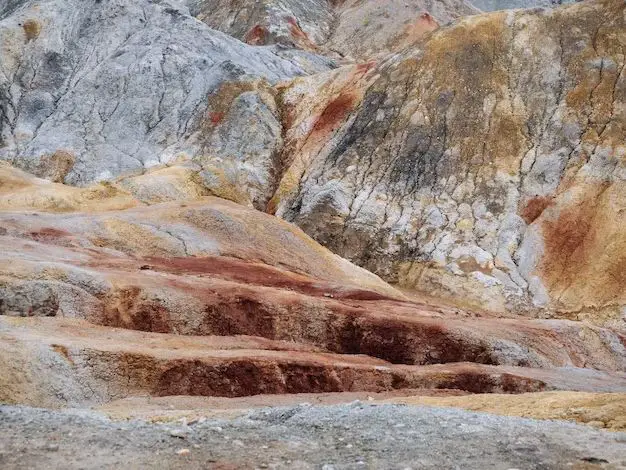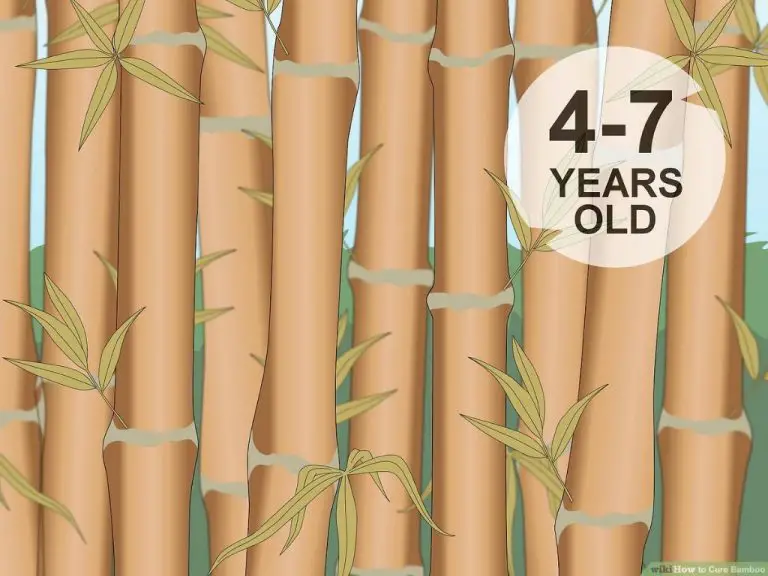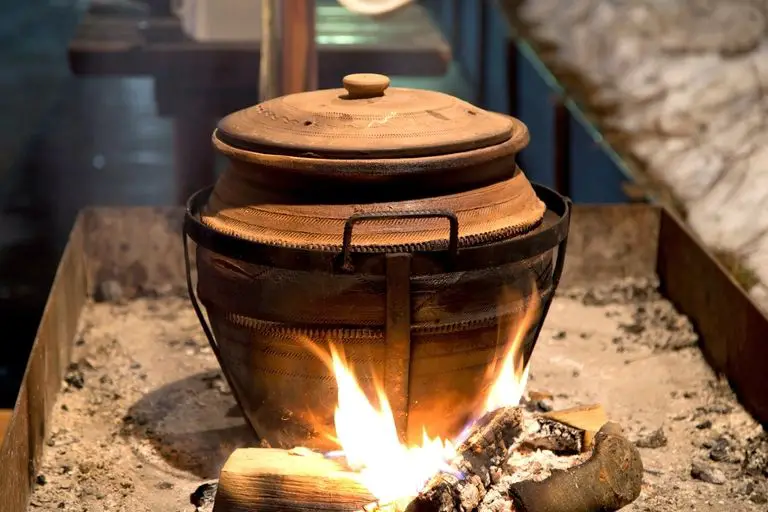What Are The Ingredients In Creative Paperclay?
What is Creative Paperclay?
Creative Paperclay is a sculpting and modeling medium made from natural cellulose fiber, kaolin clay, and other plant-based ingredients. It was developed in the 1990s by artists looking for a clay that could be used like traditional ceramic clays but didn’t require firing in a kiln.
Unlike natural clays, Creative Paperclay air-dries into a strong and durable material that can be directly molded, shaped, and carved. It bonds to itself extremely well allowing large intricate pieces to be made. When dry, it can be sanded, drilled, carved, and painted just like natural clay.
The key benefits of Creative Paperclay are its strength, durability, and versatility. It is lightweight yet strong when dry. It doesn’t shrink or crack as it dries. And it can be used for sculpture, jewelry, decorative items, papercrafting, and mixed media art. For crafters and artists, it provides an easy-to-use clay that skips the firing and glazing steps.
Main Ingredients
The three main ingredients in Creative Paperclay are cellulose fiber, kaolin clay, and natural fibers.
Cellulose Fiber – Creative Paperclay contains a significant amount of cellulose fiber, which is derived from plant materials. The cellulose provides structure to the clay. It enables the material to be strong when dry, yet flexible and moldable when wet.
Kaolin Clay – Kaolin clay is a very fine white clay that gives plasticity and elasticity to Creative Paperclay. This allows the material to be sculpted, shaped, and molded when wet. When dry, the kaolin clay provides hardness and durability.
Natural Fibers – Creative Paperclay contains both long and short natural fibers. These can include plant fibers like jute, hemp, sisal, and abaca. The natural fibers act as reinforcement, giving strength to the material when it is shaped and preventing cracking as it dries.
Cellulose Fiber
Cellulose fiber is one of the primary ingredients in Creative Paperclay. The cellulose comes from reclaimed cotton and other plant materials. When added to the clay, the cellulose acts as a binder and gives the material more flexibility and strength. It allows the clay to be rolled very thin without tearing or cracking. Cellulose typically makes up around 25% of the total formula for Creative Paperclay.
Kaolin Clay
Kaolin clay is one of the main ingredients in Creative Paperclay. It is a soft white clay that provides several beneficial properties. Kaolin clay makes up about 25% of the Creative Paperclay formula.
Some key properties of kaolin clay include:
- Plasticity – Kaolin clay is highly plastic and malleable, allowing it to be shaped easily.
- Bonding – The plate-like structure of kaolin clay allows it to bond well with cellulose fibers and other ingredients.
- Whiteness – Kaolin clay contributes to the bright white color of finished Creative Paperclay projects.
- Absorbency – Kaolin clay increases the absorbency of Creative Paperclay.
- Strength – Kaolin clay provides dry strength and durability to Creative Paperclay.
By harnessing these beneficial properties, kaolin clay helps make Creative Paperclay lightweight, strong, flexible, and easy to mold into a diverse array of projects.
Natural Fibers
Creative Paperclay contains natural fibers that are derived from plant sources. These natural fibers come in short and long lengths and serve several purposes in the clay mixture.
Short natural fibers, like wood pulp and cotton linters, help reinforce the clay body, increase its tensile strength, and reduce cracking and breakage when dry. They also help with shrinkage control.
Long natural fibers, like abaca, hemp, and jute, are effective for strengthening the green clay and improving handleability. The long fibers interlock to form a network that makes the clay more cohesive and easier to shape without tearing or slumping.
In addition to their mechanical benefits, the natural fibers are also more absorbent than the clay itself. This gives the clay more working time before it dries out. The natural fibers wick moisture inwards from the surface, helping to prevent cracking and maintain plasticity.
By carefully selecting and blending different natural fibers, the clay’s molding, handling, drying, and performance characteristics can be optimized. The natural fibers are an important component in creating a versatile and strong air-dry clay.
Additional Minor Ingredients
In addition to the main ingredients of cellulose fiber, kaolin clay, and natural fibers, Creative Paperclay contains some other minor ingredients that serve important purposes:
Sodium silicate is added as a binder to help the ingredients hold together and maintain their shape when sculpted. Without a binder, the clay would be too brittle and prone to cracking.
Sodium carboxymethyl cellulose is a thickener that gives Creative Paperclay its smooth, creamy texture. This allows it to be easily shaped and molded without crumbling.
Tetrasodium pyrophosphate is included to help control pH balance. This provides stability and prevents the clay from becoming too acidic over time.
Methylcellulose binds water to keep the clay flexible and workable. It allows the clay to slowly dry without cracking.
While only minor components, these additional ingredients each serve a specific role in giving Creative Paperclay its unique sculpting properties and high quality.
How Ingredients are Combined
Creative Paperclay combines its main ingredients through a proprietary process. The cellulose fiber, kaolin clay, and natural fibers are carefully measured and mixed together in specific ratios. This creates a smooth, moldable clay body.
The clay is then formed into blocks or sold as loose material. During the firing process in a kiln, the clay transforms and gains strength. The organic compounds burn away, chemically bonding the remaining ingredients. The result is a strong, lightweight and durable material that has an appearance and feel similar to natural clay.
Resulting Properties
Creative Paperclay has several useful properties that result from its unique combination of ingredients:
Workability – The addition of cellulose fiber makes Creative Paperclay extremely pliable and easy to shape. It has a smooth, clay-like texture that is a joy to work with. Creative Paperclay can be rolled, cut, shaped, molded, sculpted, and more with simple hand tools.
Strength – Once dry, pieces made from Creative Paperclay harden into a strong, lightweight finished product. The clay is quite durable despite its lightness. Finished pieces resist breakage and hold fine details well.
Lightweight Nature – The organic ingredients like cellulose and natural fibers give Creative Paperclay an incredible lightness. It reduces shipping costs for artisans and is more comfortable for wearables. The lightweight nature also reduces stress and strain when shaping larger pieces.
Types of Creative Paperclay
Creative Paperclay comes in several types suited for different uses. The main types are:
Original
The original Creative Paperclay formula is a lightweight, white air-dry clay. It has a smooth, porcelain-like finish when dry. The original formula is strong yet still flexible when dry. It does not require sealing or glazing. The original Creative Paperclay is ideal for jewelry, sculpting, paper mâché crafts, and more.
Lightweight
Lightweight Creative Paperclay contains additional cellulose fiber to create an ultra-light formula. It has the same smooth finish but is 20% lighter than the original formula. Lightweight Creative Paperclay is perfect for larger sculptures, dolls, masks, and projects where weight is a concern.
Terra Cotta
Terra Cotta Creative Paperclay is colored with natural iron oxide pigments to achieve a terra cotta red finish when dry. It has a slightly coarser texture than original Creative Paperclay. Terra Cotta Creative Paperclay works well for sculpting pottery, home décor, faux finishes, and blending with other natural materials.
Uses of Creative Paperclay
Creative Paperclay is used for a wide variety of arts, crafts, and modeling projects. Some of the main types of uses and projects include:
- Sculptures and 3D artwork – Paperclay is lightweight and easy to sculpt compared to traditional clays, making it ideal for detailed sculptures, figurines, jewelry, and more.
- Paper mâché – The paper content allows paperclay to be applied seamlessly onto paper mâché forms. It can be used to add texture and dimension.
- Pottery and ceramics – Creative Paperclay can be shaped and molded just like regular clay, but it has advantages for more delicate, detailed, or large-scale works.
- Crafts – Paperclay can be used to make jewelry, beads, boxes, frames, wall hangings, buttons, and almost any type of craft.
- Kids’ projects – It is lighter and less messy than traditional clay, making it great for classrooms and children’s crafts.
Paperclay has several advantages over other clays and materials:
- Very strong when dry yet still lightweight
- Easy to sand, drill, and shape after drying
- No need to fire, just air dry
- Adheres well to other materials
- More eco-friendly than oil-based clays




